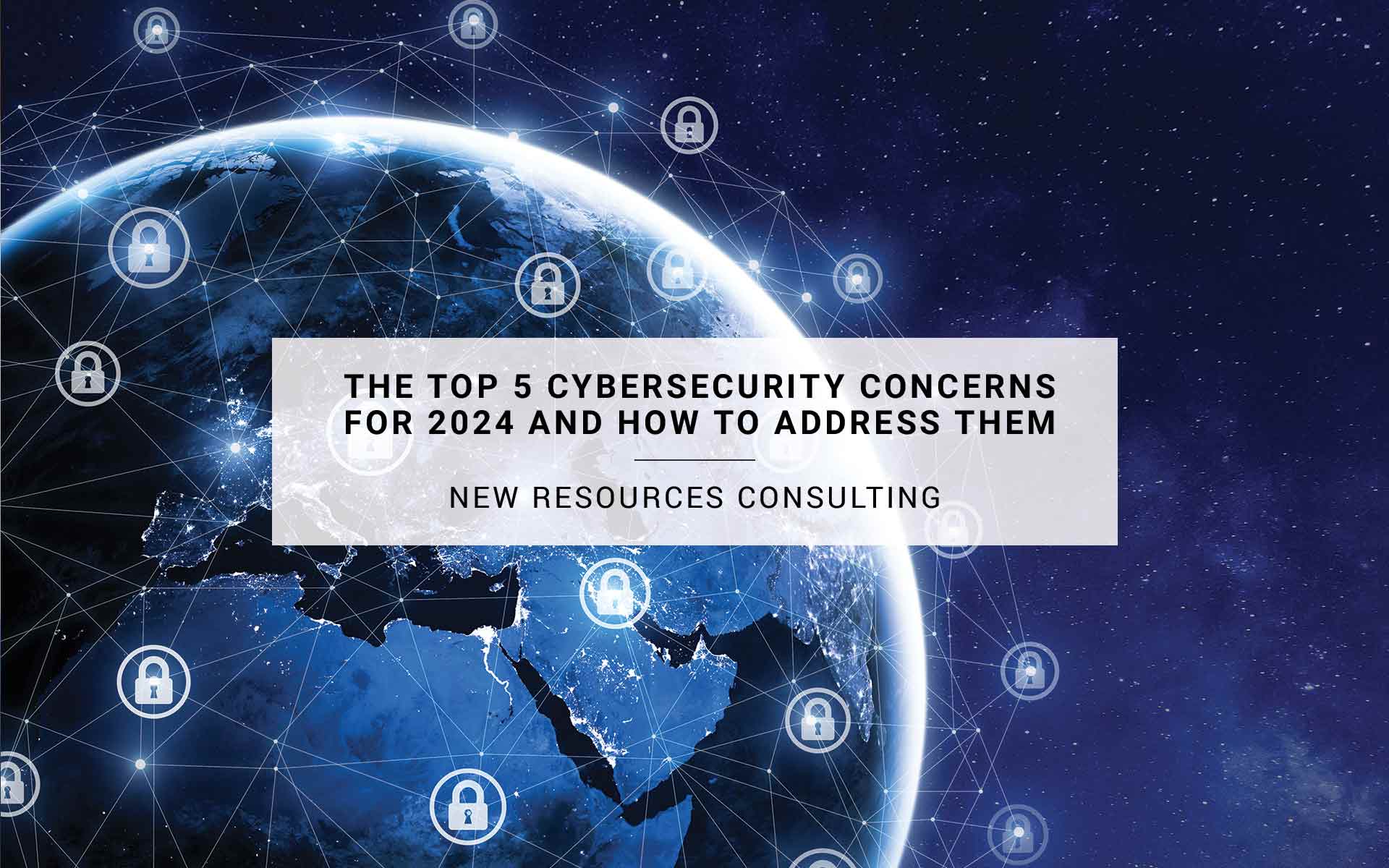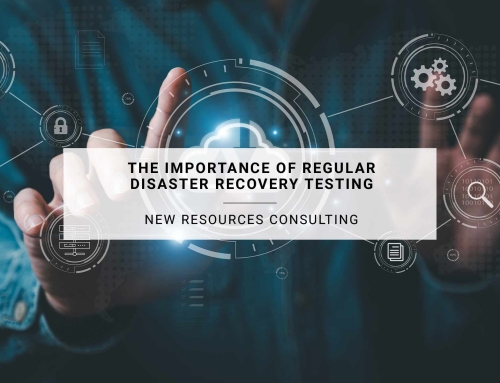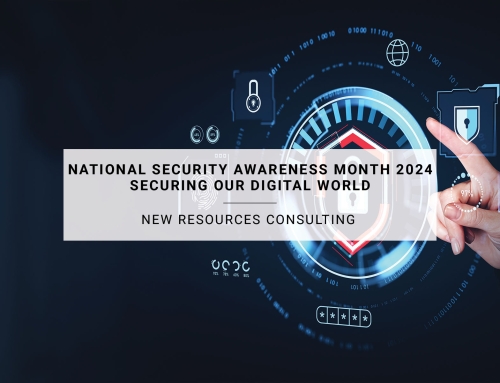As the Director of Information Technology at New Resources Consulting, I am responsible for ensuring the security and resilience of our organization’s digital assets and operations. Cybersecurity is not only a technical challenge, but also a strategic imperative that requires constant vigilance and adaptation. In this blog post, I will share my insights on the top five cybersecurity concerns that I anticipate for 2024 and how our IT security team is preparing to protect against them.
1. The Internal Threat: End-Users and Work from Home (WFH)
The COVID-19 pandemic has accelerated the shift to remote work, which poses new challenges for cybersecurity. According to a survey by McKinsey, 80 percent of respondents reported that they enjoy working from home, and 69 percent said they are equally or more productive than before. However, WFH also exposes our organization to increased risks of data breaches, phishing, malware, and insider threats. Our end-users may have varying levels of tech-savviness, permissions, and motivations, and may inadvertently or maliciously compromise our data and systems.
To address this concern, I recommend IT security teams look at implementing the following measures:
- Providing regular training and awareness programs for our end-users on cybersecurity best practices, such as using strong passwords, avoiding suspicious links and attachments, and reporting any incidents or anomalies.
- Enforcing the use of secure VPN connections, multi-factor authentication, and encryption for all remote access to our network and cloud services.
- Monitoring and auditing the activities and behaviors of our end-users, using heuristic and behavioral analytics tools, to detect and prevent any unauthorized or malicious actions.
- Reviewing and updating our policies and procedures for data governance, access control, and incident response, to ensure compliance with the latest regulations and standards.
2. The Rise of Quantum Computing and Its Impact on Cybersecurity
Quantum computing is an emerging technology that promises to revolutionize various fields, such as artificial intelligence, cryptography, and optimization. However, quantum computing also poses a serious threat to the security of our current encryption algorithms, which rely on the computational hardness of certain mathematical problems. A sufficiently powerful quantum computer could potentially break these algorithms, rendering our data and communications vulnerable to interception and decryption.
To address this concern, I recommend IT security teams look at implementing the following measures:
- Keeping abreast of the latest developments and research in quantum computing and quantum-resistant cryptography and participating in industry forums and initiatives, such as the National Institute of Standards and Technology’s Post-Quantum Cryptography Standardization project.
- Evaluating and testing the feasibility and performance of various quantum-resistant encryption algorithms, such as lattice-based, code-based, and hash-based schemes, and selecting the most suitable ones for our needs and capabilities.
- Developing and executing a migration plan to transition from our current encryption algorithms to the quantum-resistant ones in a timely and secure manner without disrupting our operations or compromising our data.
3. The Evolution of Phishing Attacks
Phishing is one of the most common and effective cyberattacks, which involves sending fraudulent emails or messages to trick the recipients into revealing sensitive information, clicking on malicious links, or downloading harmful attachments. Phishing attacks have become more sophisticated and targeted over time, using social engineering, personalization, and spoofing techniques to bypass our defenses and deceive our end-users. Moreover, phishing attacks have also leveraged the use of AI and machine learning to generate convincing and customized content, such as fake invoices, receipts, or notifications, that can fool even the most vigilant users.
To address this concern, I recommend IT security teams look at implementing the following measures:
- Deploying advanced email security solutions, such as Microsoft Defender for Office 365 (or other 3rd party tools like Sophos), that can detect and block phishing emails using AI and threat intelligence before they reach our end-users’ inboxes.
- Implementing domain-based message authentication, reporting, and conformance (DMARC) protocol, which can prevent email spoofing and verify the authenticity and integrity of the sender’s domain.
- Educating and testing our end-users on how to spot and report phishing emails, using simulated phishing campaigns and feedback tools.
4. The Expansion of IoT Security
The Internet of Things (IoT) is the network of physical devices, such as sensors, cameras, and smart appliances, that are connected to the Internet and can collect and exchange data. IoT devices offer many benefits for our organization, such as improving efficiency, productivity, and customer experience. However, IoT devices also introduce new vulnerabilities and attack vectors for cybercriminals, who can exploit them to gain access to our network, data, and systems, or to launch distributed denial-of-service (DDoS) attacks.
To address this concern, I recommend IT security teams look at implementing the following measures:
- Conducting a comprehensive inventory and assessment of all our IoT devices and identifying and prioritizing the ones that pose the highest risk or value for our organization.
- Applying the principle of least privilege and segmentation for our IoT devices and restricting their access and communication to only the necessary resources and services.
- Updating and patching our IoT devices regularly and installing security software and firewalls on them to prevent malware infection and unauthorized access.
- Implementing IoT security standards and frameworks, such as the IoT Security Foundation’s Best Practice Guidelines, and following the industry’s best practices and recommendations.
5. The Growth of Cybersecurity Talent Gap
Cybersecurity is a dynamic and complex field that requires a diverse and skilled workforce to cope with the ever-changing and evolving threats and challenges. However, there is a significant and persistent shortage of qualified cybersecurity professionals in the market, which hampers our ability to recruit and retain the talent we need for our IT security team. According to a report by (ISC)2, the global cybersecurity workforce gap is estimated to be 3.12 million, and 65 percent of organizations report a shortage of cybersecurity staff.
To address this concern, I recommend IT security teams look at implementing the following measures:
- Investing in the training and development of our existing IT security staff and providing them with opportunities to learn new skills, obtain certifications, and advance their careers.
- Leveraging the use of external partners and service providers, such as managed security service providers (MSSPs) and security consultants, who can supplement and support our IT security team with their expertise and resources.
- Fostering a culture of cybersecurity awareness and collaboration and engaging with our end-users, business units, and senior management to share the responsibility and accountability for cybersecurity.
In conclusion, cybersecurity is not a one-time project, but an ongoing process that requires constant monitoring, evaluation, and improvement. As the Director of Information Technology at New Resources Consulting, I am committed to leading our team to face cybersecurity concerns for 2024 and to protect our organization’s data and systems from any potential threats. In 2024, let’s work together to achieve our cybersecurity goals.
 Chris Hippensteel
Chris Hippensteel
Director of IT, New Resources Consulting
chippensteel@newresources.com
414.289.7960
Chris Hippensteel
Director of IT, New Resources Consulting
chippensteel@newresources.com
414.289.7960







